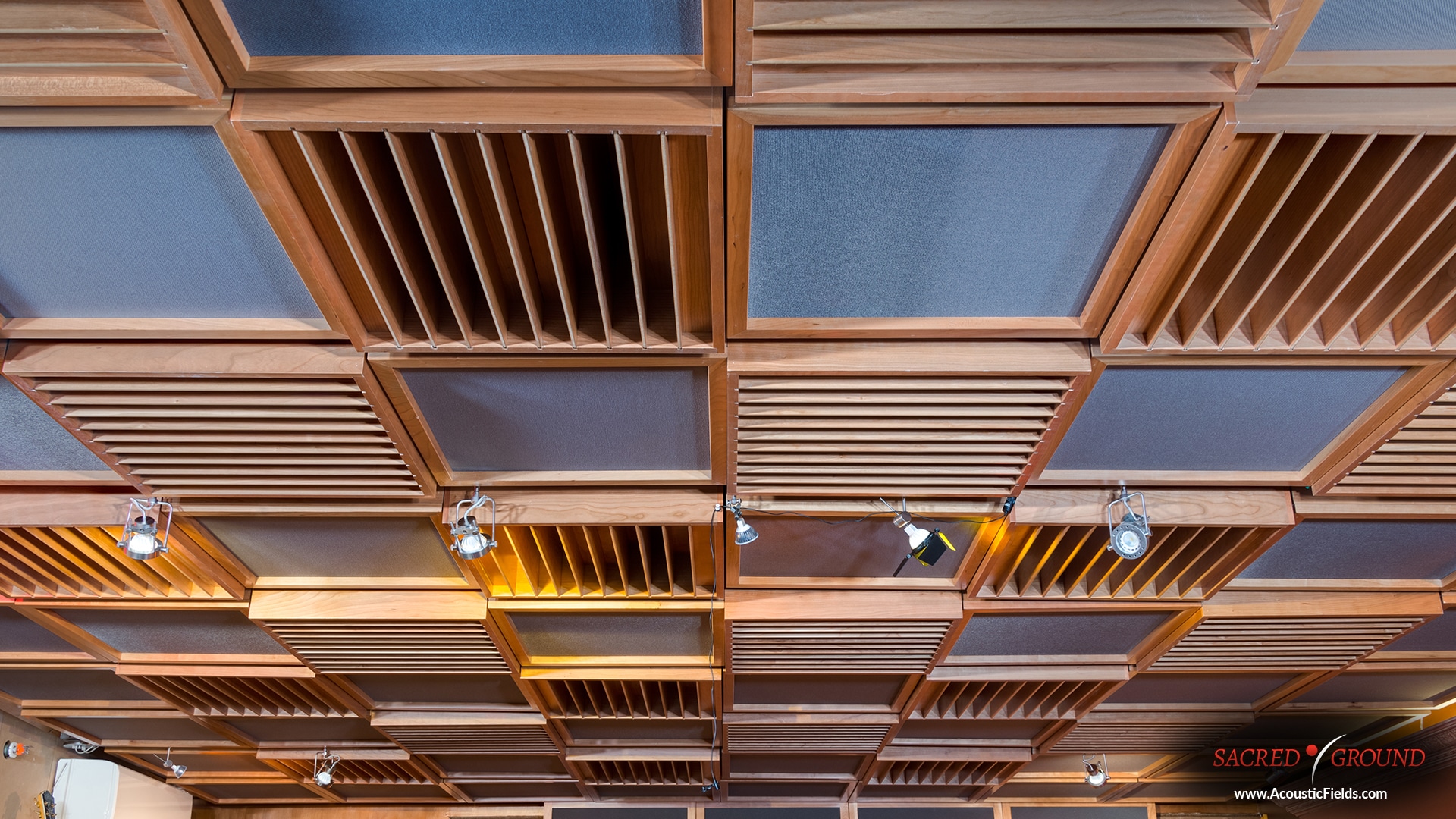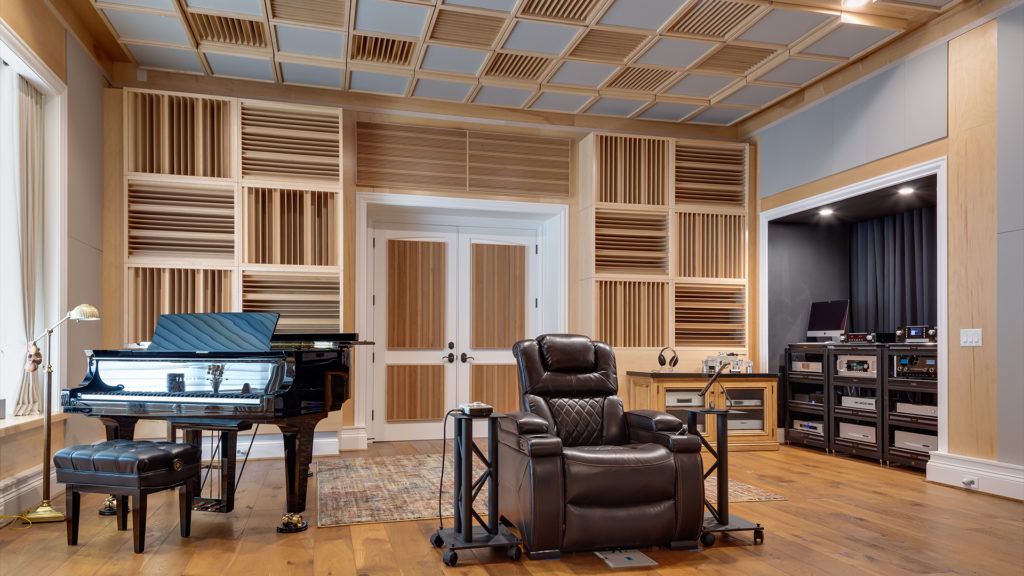
The answer to the search term what does diffusion mean can be summed up in one simple sentence. Diffusion is a technology to make a small room sound larger. In order to achieve this sonic objective, you must use a technology that is specifically designed to diffuse sound energy. There is only one true diffusion technology. It is termed quadratic diffusion. At Acoustic Fields, we have been working with quadratic diffusion for 30 years.
There are many misconceptions regarding diffusion. Many companies label products as diffusers to trick the uniformed into purchasing them. If you understand what does diffusion mean you will be better able to distinguish the difference between whether a product is truly a sound diffuser or just a sound direction device. Let’s examine what a true sound diffuser does so we can better understand the processes that are involved in the search term what does diffusion mean.
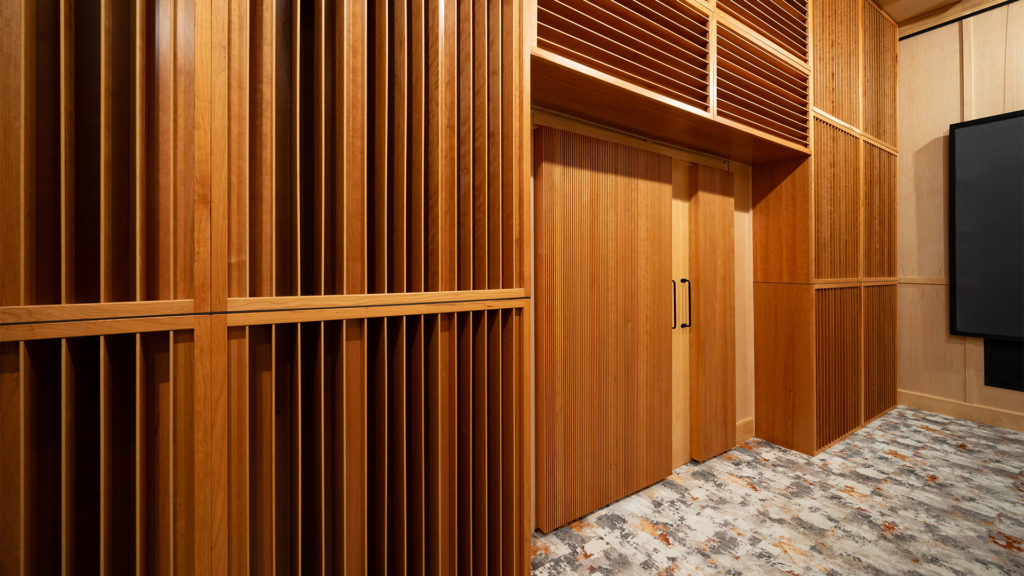
Types of Diffusion
A quadratic diffuser operates just like a speaker that you do not use speaker cables with. It is a passive device. It has a frequency response and range that it works within. A quadratic diffuser is a series of wells or troughs that energy from any room source enters and is dispersed back into the room. The depth of each well or trough is calculated at 1/4 wavelength distances.
The width of each well is calculated at a half wavelength distance. The depth of the wells determine how low the diffuser will diffuse energy at. The width of each well determines how high the energy will be diffused at. The frequency response of each diffuser sequence is based upon a prime number. A prime number is a number that can only be divided by itself equally. Prime numbers are 7 , 11, 13, 17 , 19, 23.
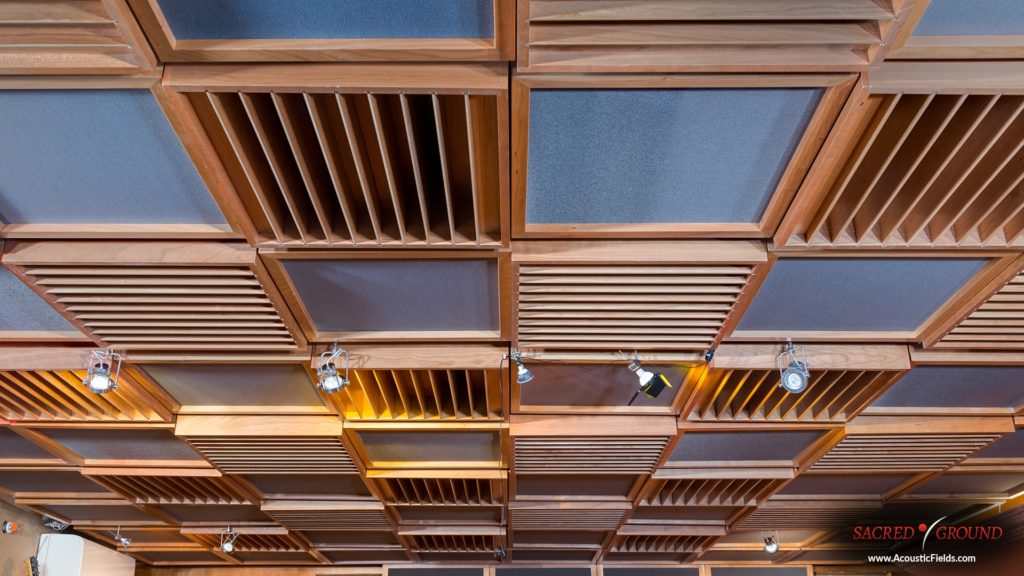
Examples of Diffusion
Let’s use a prime number 13 diffuser as our example. A QD – 13 (Quadratic Diffuser) is 12″ deep at its deepest well. With a 12″ depth, its lowest octave band of diffusion is around 300 Hz. Since we use 2″ widths of each well in all of our diffusion sequences the top diffused octave band is around 3450 Hz. A QD -13 diffuser has a frequency response of 300 hz. – 3,450 hz. A QD -17 would start at 200 hz. and go through 3,450 hz.
The larger the prime numbers sequence, the lower the starting diffused lower frequency. The diffusion sequence that you choose must be based on room usage and the distance from the diffuser to the listening position. You also have an option of choosing two one dimension or two dimensional diffusion. Let’s look at both options.
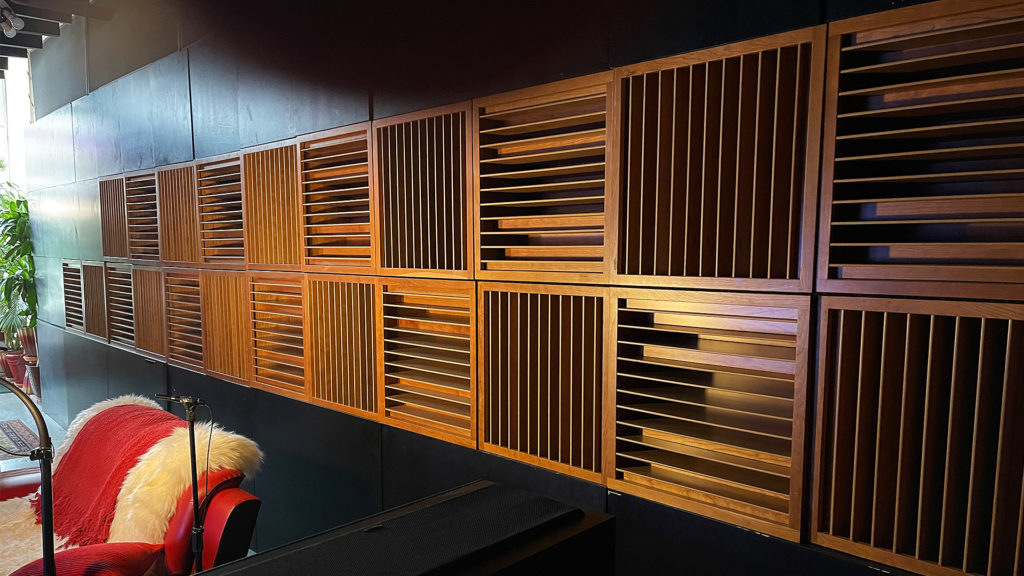
One dimensional diffusion is when the diffusers are all arranged vertically across a surface area. They can also be arranged in a horizontal arrangement across the surface area. A vertically positioned diffuser, diffuses energy in a horizontal array of energy. A horizontally positioned diffuser, diffuses energy in a vertical array of energy. A vertically and horizontally positioned diffuser will add space and depth to your sonic presentation value.
Two Dimensional Diffusion
A mixer of both horizontal and vertical diffusion will reduce the impact of reflections from that wall surface area. with two dimensional diffusion you do not add anything to the presentation value you just minimize the impact of reflections from that wall surface area. Two dimensional diffusion is used when you do not have enough distance between the diffuser and the listener for one dimensional diffusion.
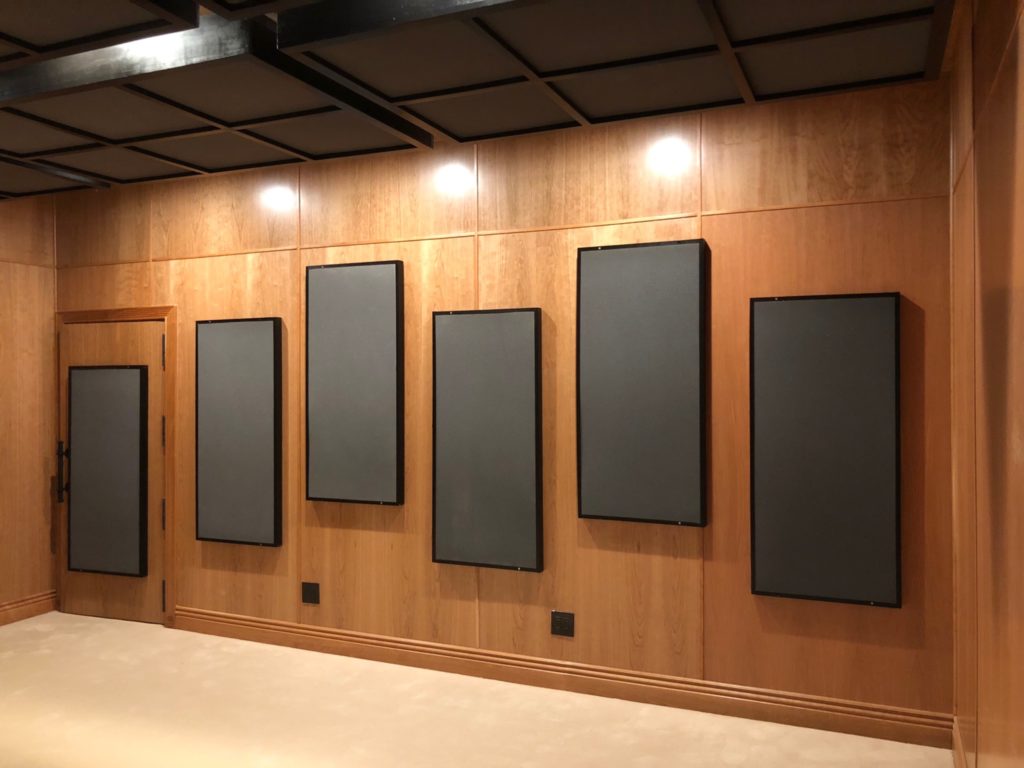
There are many issues within your room that must be treated with absorption first. The reverberation times within the room must be equal throughout the room. The decay times within the room must also be linear in their decay throughout the room. The frequency response within the room must also be balanced with no spatial irregularities in the response.
Once you have all of the prescriptions for diffusion addressed, you can then use the prime number sequence that will work well for your usage. If you have a small theater, you will use diffusion on the ceiling and rear wall. For two channel usage, you will use diffusion on the front and rear wall. In our professional mix room, you will use diffusion on the rear wall to minimize the impact of reflections at the mix position.


